Mar
14
Identifying the Pain Point in your Startup
If you are a startup founder or being around the startup community, you must have heard of the term ‘pain point’. But what exactly is a pain point and how do you go about identifying one?
You’ve got an idea – either because you’re trying to solve a problem for yourself or because you’ve heard other people and what they think they need or want fixed. When this happens, the important question to ask yourself is: “What is this pain point I am trying to solve?”, and most importantly, “Is this really a pain point that I need solved right away?” or more a ‘nice to have’ type solution? In other words; Is your solution a painkiller or a vitamin? Oftentimes, the answer is not that straightforward. So how do you go about identifying a pain point?
What is a Pain Point?
A point point is something a consumer is aware of (not always) and bothers them deeply. It’s a problem waiting for a solution. Have you ever felt real physical pain? You get that feeling and you want it to stop…badly. Imagine you have shoulder pain and this pain starts to limit your daily routine. You can’t go for your morning run, typing on the computer has become unbearable and even driving is now difficult. “I can’t do X”, or “X is stopping me from doing Y”. You take a painkiller. Now imagine you feel constantly tired and run down. Perhaps, the ‘pain’ is annoying because it limits how productive you are doing your working day. However, you can still get through the day. You decide to start taking a multi-vitamin.

Let’s put these analogies into startup words.
As with physical pains, for a startup pain points can also be big or small.
How to Address the Real Pain
One of the most common mistakes with startups’ early attempts at positioning is making the pain too self-serving. For example, if you’re building a fitness app, then the problem would be “people don’t have a good fitness app out there.” But that ignores the fact people already use other solutions, regardless of how ‘good’ or ‘bad’ they are in your eyes. Getting them to switch would involve solving a still deeper problem. Is their current solution bothersome enough to change? The first round of positioning often breaks down to “this product is for people who don’t have this product.” True, but not very compelling.
The reason why pain points are sometimes so tricky to identify is because they don’t always reflect exactly what the startup thinks of itself as doing. If we look at the example above, a startup that is building a fitness app sees themselves as “providing a fitness app”. But the user may not be looking for a fitness app. The problem isn’t “I need a fitness app” but rather, “I need to get fit without going to the gym” or “I need a better way to stay motivated to train.”
Try this:
Imagine the positioning for a hammer? It is obvious that “this hammer is for people who needs hammering.” But this is not complete enough. In fact, it misses the point completely. “This hammer is for people who need to hammer nails” is better. Better still might be “this hammer is for people who can’t hammer nails quickly and easily.”
So if you have an app idea but you’re still deciding whether is worth the time and money to bring it to market, ask yourself “What is my positioning for my app?” If you try this exercise with your own idea, it will force you to stop thinking in your own terms and start thinking in end-user terms.

